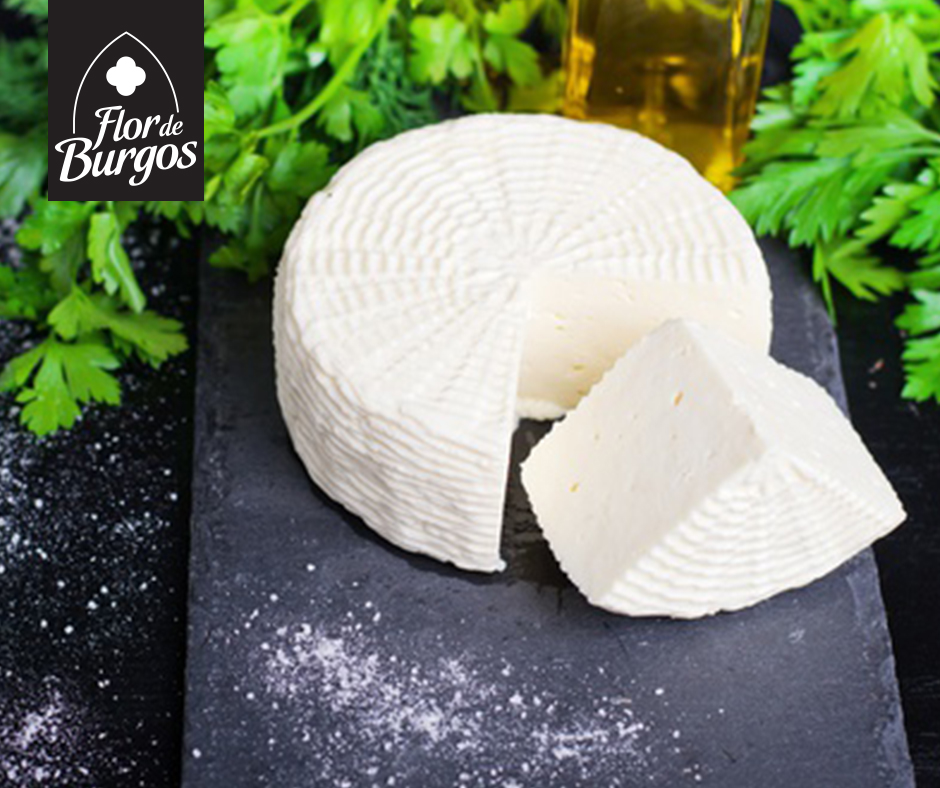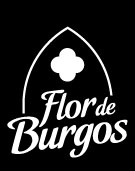
15 Feb The origin of the cheese of Burgos
The climatic and orographic conditions of the city of Burgos, located in the autonomous community of Castilla y León (Spain), made possible the elaboration of one of the most recognized questions of this country. The cheese of Burgos is possible thanks to the low temperature and the height of the city, so it can be preserved without the need for a healing process.
A cheese with a lot of tradition
Originally, the citizens of the province meet and meet at the market to sell their sheep cheeses, during the winter and spring seasons. Burgos cheese is made with sheep’s milk, although nowadays it is harder to find, that companies have opted for the use of cow’s milk or a mixture of both.
To know how to differentiate the real Burgos cheese from the one that is not, a concession of denomination of origin has been requested, in which it is specified that in order to be called “Burgos cheese” it is necessary that it contain at least 5-10% sheep’s milk.
Characteristics and nutritional values of Burgos cheese
Burgos cheese has a white color, it has no rind and its texture is soft and it has a waiting time for whey. The smell is like the fresh milk and depending on the percentage of sheep’s milk you can appreciate more or less the nuances. If we go to the texture in the mouth, we can say that it is a soft texture, slightly buttery and that its flavor is light, with certain salty touches, and its regiment will be more or less durable depending on the amount of sheep’s milk.
The cheese of Burgos is the one that contributes least potential energy, has a low content in fats and carbohydrates and a higher content in proteins. It also has a high content of calcium and phosphorus, which are fundamental for bone growth.
It is recommended that the product be refrigerated and consumed as soon as possible, since its high water content can cause the proliferation of germs and fungi once opened.
